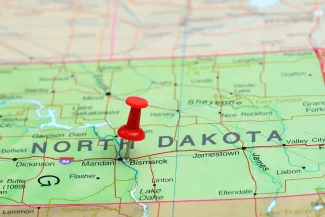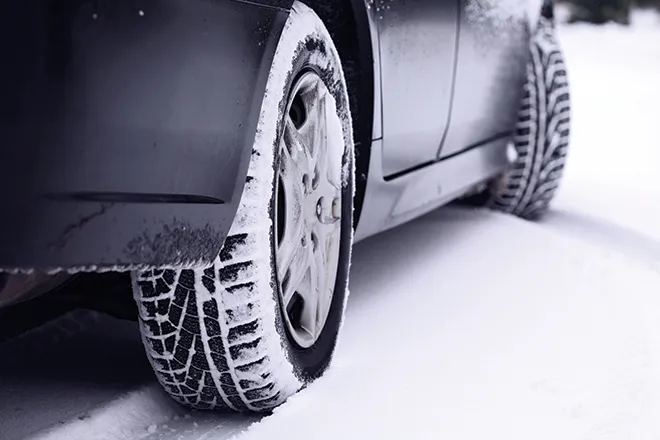
North Dakota seeks better housing for older population
Click play to listen to this article.
(Prairie News Service) A new design competition is looking to find better housing for Fargo's aging population.
Like many other states, North Dakota has a growing number of people increasingly burdened by their own homes. Oftentimes, they want to stay in their communities but their properties might be too large, too expensive to maintain or too unsafe to occupy.
Janelle Moos, associate state director of advocacy for AARP North Dakota, said there are not enough options for people looking to downsize.

"A lot of housing and zoning has really promoted single family homes or very large scale apartments," Moos explained. "We've kind of lost that middle ground to say, 'There are other types of housing that exist and can coexist and what people want, right?'"
AARP is asking interested architects, designers, builders and students to submit designs for those midlevel units, including a duplex, triplex or cluster subdivision. Moos pointed out the goal is to show off the viability of age-friendly homes and hopefully come away with some plans for future development.
More than 65 percent of North Dakota residents named housing as the state's biggest overall need in a survey last year.
The competition closes in early October and the winner is eligible for a cash prize. Moos noted people can then hire the designer, obtain a building permit and begin construction.
"The hope is that it's not just a conversation and it's not just a hypothetical," Moos emphasized. "We want to come away with several really viable, buildable, missing middle housing plans with universal divine design elements. So, by that I mean truly age-friendly."
Judges and advisers include government officials, design experts and architects from across the state. Nationwide, one group estimates a need for more than 800,000 senior housing units by 2030.

















